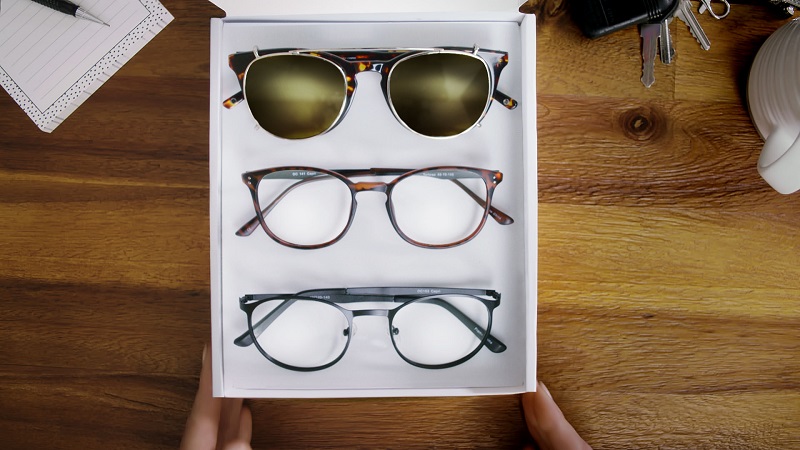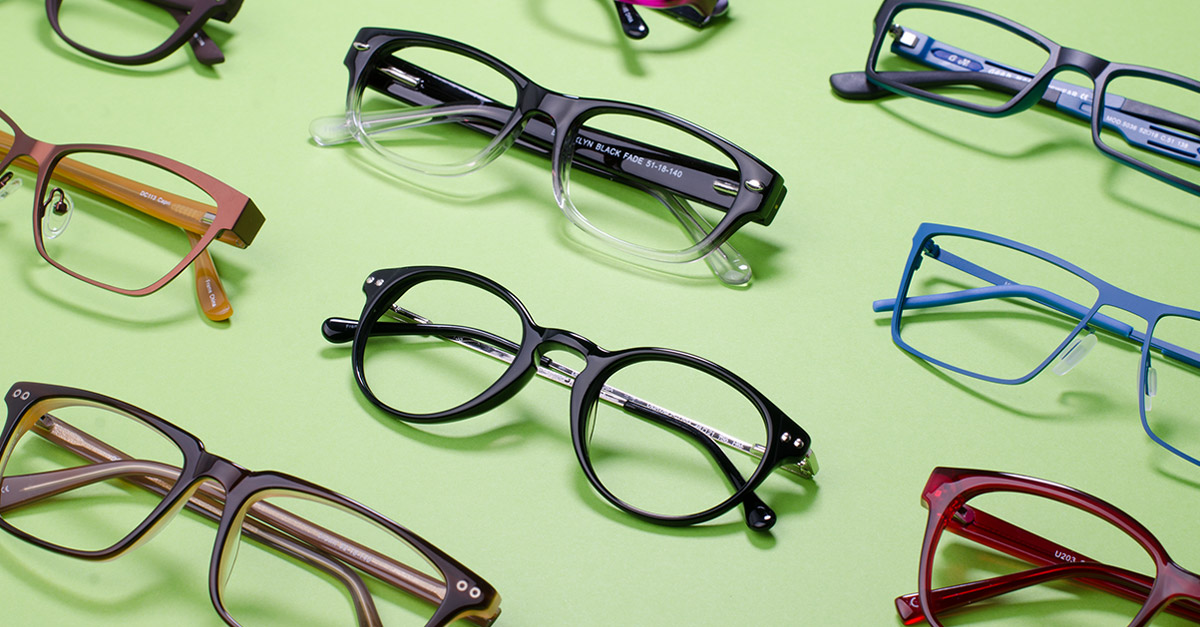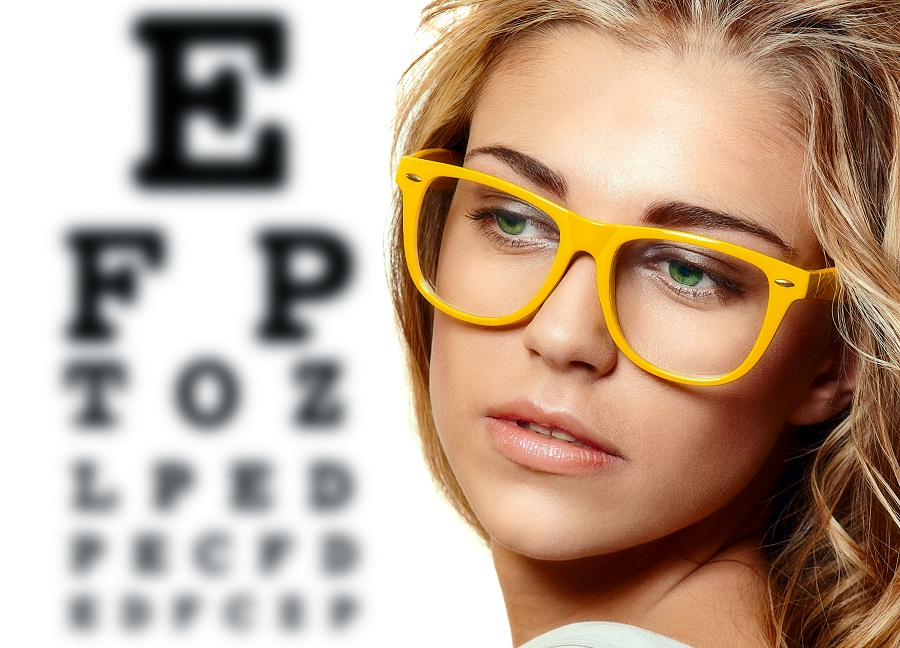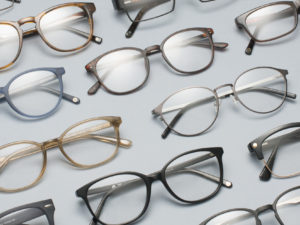Multifocal contact lenses are an excellent choice for people with presbyopia or “old-sightedness” that are usually above 40 or anyone that needs vision correction for more than just one specific range. Just like multifocal eyeglasses, they contain multiple lens powers to help see objects clearly at all distances.
Presbyopia is a progressive eye condition that happens to almost everyone as they get older which previously could only be corrected with multifocal eyeglasses. Today there are several multifocal contact lens options available.
Below you’ll find out more about multifocal contact lenses and whether or not it will suit your eyewear and lifestyle needs.
Why wear contact lenses in the first place?
15% of people who use some sort of vision correction wear contact lenses. It can be for a number of reasons:
1. Aesthetics: People preferring a no-glasses look, or want to change their eyes appearance
2. Optical: There are some advantages to using contacts instead of glasses such as superior peripheral vision and no moisture accumulating on the lens
3. Active lifestyle: Some people find contacts more comfortable, especially for sports and outdoor activities
4. Medical condition: There are certain conditions such as Keratoconus (thinning of cornea) that are better corrected with contacts
Bifocal & Progressive Contact Lenses
As with multifocal prescription glasses, there are bifocal and progressive contact lenses. Progressive contacts are similar to eyeglasses with progressive lenses that have multiple focal points and are designed for viewing through the center of the lens without any visible separating lines. Some multifocal contact lenses are designed similarly to bifocals, with an almost invisible line separating the top (for distance vision) and bottom (for near vision) of the lens.
Soft vs Rigid Multifocal Contact Lenses
There are several types of multifocal contact lenses:
1. Soft lenses made out of hydrogels,
2. Rigid lenses (also known as RGP or GP) made out of plastic incorporated with silicone
3. Hybrid lenses featuring a plastic center and silicone hydrogel peripherals.
Rigid contact lenses are more durable than soft lenses, provide sharper vision and they don’t contain water, so materials from tears don’t adhere to the lenses.
Unlike rigid contact lenses, soft lenses don’t need to be worn regularly in order to feel comfortable. They’re bigger than rigid lenses so they don’t dislodge as easily, and they don’t move when a person blinks so there’s a lower risk of dust and debris getting under the lens.
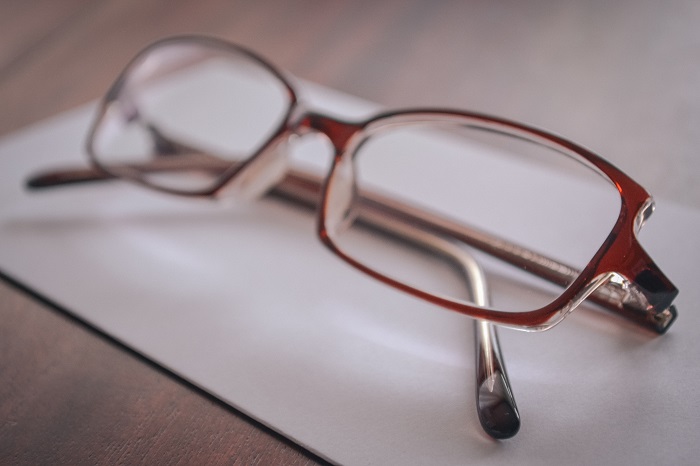
Multifocal Contact Lenses & Astigmatism
Astigmatism causes distorted or blurred vision due to a refractive error, in which the eye can’t focus light evenly on the retina.
Multifocal (Bifocal or progressive) contact lenses for astigmatism correct the error while providing vision correction for different fields of vision.
Until recently, only rigid multifocal contact lenses were used to correct astigmatism, but now soft contact lenses (known as toric multifocal contact lenses due to their shape) can be worn for astigmatism as well, allowing for a more flexible schedule if a person doesn’t want to wear their contact lenses every day.
What is Monovision
Some people find it difficult to adjust to multifocal contact lenses, yet don’t want to combine standard single-vision contacts with reading frames when they need to see things from up close.
A solution to that problem is a monovision contact lens, using your dominant eye for distance vision and the other eye for near vision. Usually, two different single vision contact lenses are used, but in some cases, using one multifocal contact lens and one single vision contact lens provides better results.
It’s Not for Everyone
The best thing for people considering getting multifocal contact lenses is curbing their expectations. These lenses usually won’t provide the same level of clarity you get from multifocal glasses, and you might still need near-vision glasses for reading very small print and other specific tasks.
